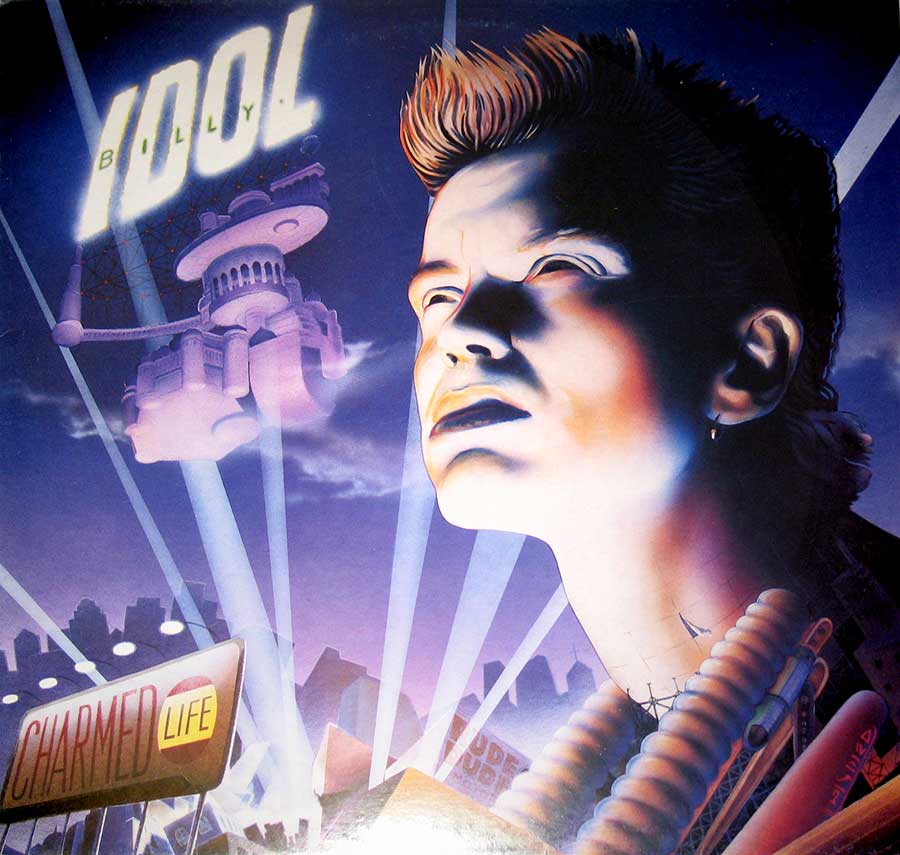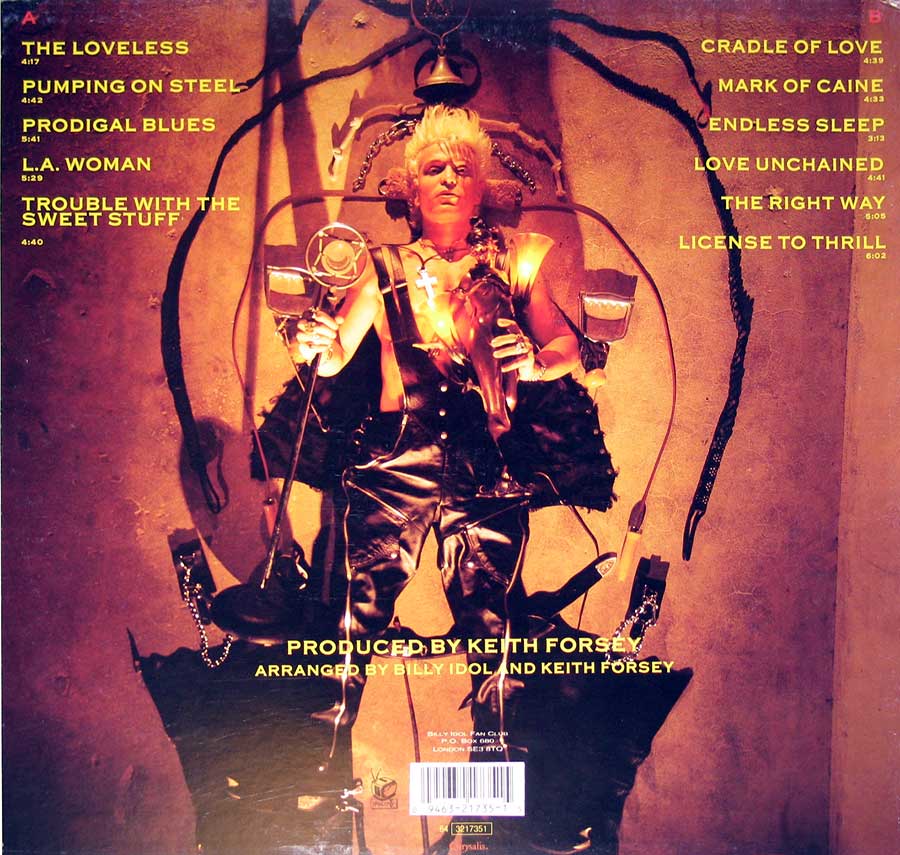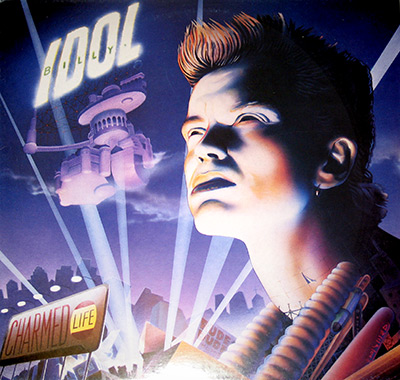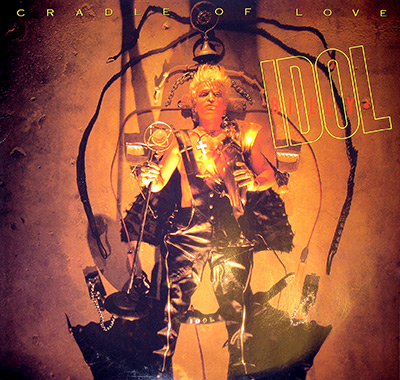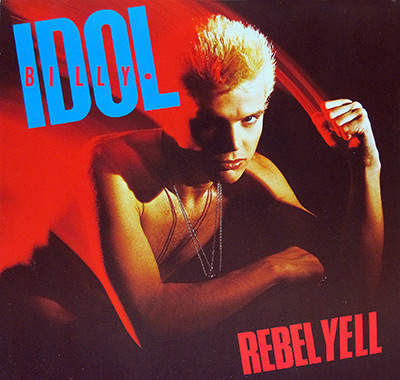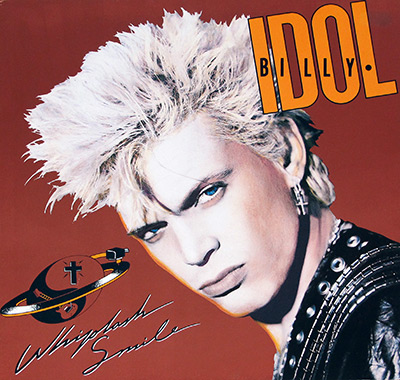Album Description:
Billy Idol’s 1990 album “Charmed Life” marked a turning point in his career — a polished, cinematic rock statement that balanced arena-sized swagger with moments of personal reflection. It arrived after Idol’s near-fatal motorcycle accident, an event that infused the album’s title with a sharp sense of irony: the punk rebel had literally survived his own excesses.
The record’s lead single, “Cradle of Love”, exploded across MTV and radio, peaking at #2 on the Billboard Hot 100. Its slick guitars and hook-heavy chorus captured Idol at his most radio-friendly, while David Mallet’s provocative video cleverly hid the singer’s injuries — Idol performed entirely from the waist up. The video won Best Video from a Film at the 1990 MTV Video Music Awards and became an early-’90s pop culture icon.
Produced entirely by Keith Forsey, the album traded the raw edges of earlier hits like “Rebel Yell” for a high-gloss sound built on drum programming, synth layers, and razor-sharp guitar work from Steve Stevens. The result was sleek and modern without losing its rock heart — a sound tailored for the digital studio age, not the dance floor. Forsey’s touch kept the pulse tight, and Idol’s sneer intact.
Songs like “Prodigal Blues” and “The Loveless” carried the emotional core, balancing swagger with self-awareness. “Prodigal Blues” reflected Idol’s spiritual reckoning after his accident, while “The Loveless” pushed cinematic textures and melancholic defiance. Even the more hard-driving tracks like “Pumping on Steel” and “Trouble with the Sweet Stuff” revealed a performer wrestling with fame, temptation, and redemption.
“Charmed Life” ultimately stands as the bridge between Idol’s leather-clad punk past and his digitally sculpted rock future. Its sleek sheen, introspective lyrics, and survivalist undertones cemented Billy Idol as an artist who could adapt without losing his sneer — the smirk of a man who truly lived a charmed life, against all odds.
